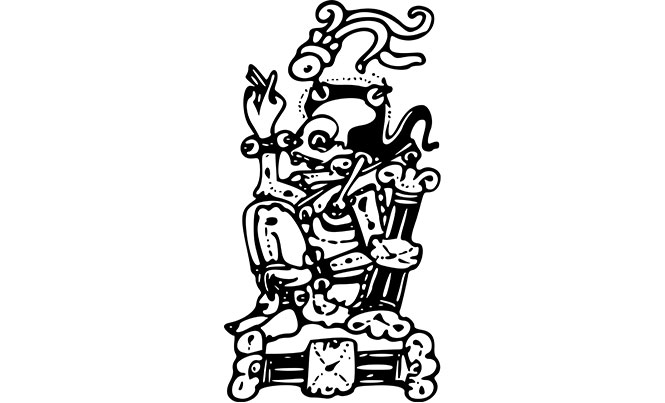
People in the Yucatan Peninsula still maintain many of the traditions of their ancestors. The most transcendent aspect remaining is, without a doubt, the preservation of the Mayan language, as many of its words have become an important part of the colloquial vocabulary and the slang of the zone.
One of the Mayan words most used in Spanish may be Kisín, which translates as “the stinky one,” but was and still is used to refer to the devil (of the Roman belief). This strange reference has its origins in the representation of the Maya god Ah Puch, which, after the Christianization would come to play the role of the devil. They called him Kisín because he was depicted as a decaying corpse.
He was the god of death, and his whole body was decorated with bells made out of gold and copper. He held a knife for human sacrifices, and he had a jaguar skull for a head.
It is important to highlight that the Maya, despite having some really mean gods in their mythology, had a very relaxed understanding of the afterlife, as they didn’t consider death the end of their path and thought it was a natural part of life. Let this be a reference to understand what fear of a god meant in the Maya world. Their fear of Ah Puch was such, that when children were outside playing during the nighttime, they weren’t allowed to say his name if they weren’t in the presence of their mothers, or he would take them to suffer in the underworld. This belief has survived time, to the point that, in modern days, one can still find its traces in the popular game Hide and Seek (las escondidas). This game is strictly forbidden during the night in some parts of the peninsula, for the fear that the devil will take the children (the Christian devil, of course).
This fear was founded on the premise that Ah Puch was the counterpart of the main god Itzamná. He was the only one, after Itzamná himself, that had the distinction of being at the same level over all the other gods, as he was the lord and main god of the underworld.[/vc_column_text][/vc_column][/vc_row]